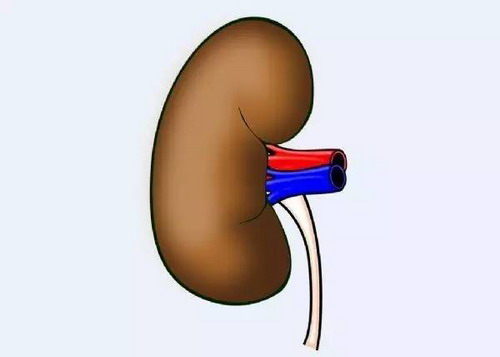Biological Valley, Nov. 21, 2016 - Researchers are increasingly approaching the goal of creating a functional bioartificial kidney. This progress is presented at the ASN Kidney Week (November 15 - 20, 2016) in McCormick Square, Chicago.
Once bioprosthetic kidneys are successfully developed, they can meet the needs of dialysis or transplantation in millions of patients with renal failure. The key requirement of this device is the formation of a "living membrane" consisting of a tight layer of kidney cells on the surface of the artificial membrane and the transport of molecules from one side of the cell to the other. In recent work, Dr. Dimitrios Stamatialis of the University of Twente in the Netherlands, Dr. Roos Masereeuw of the University of Utrecht in the Netherlands, and their team used polyethersulfone hollow fiber membranes in conditionally immortalized human proximal tubules Skin cells (ciPTECs). Moreover, they have demonstrated that monolayer cells do have the function of living membrane.
Professor Stamatyales said: "This study demonstrates that the successful development of a live membrane consisting of a single layer of ciPTEC on a reproducible hollow fiber membrane is an important step in the development of a bioartificial kidney device. The strategy and approach of this study may be related to the development of other bioartificial organs, such as bioartificial liver or pancreas, and organs on a chip, such as kidneys on a chip, lungs on a chip, or liver on a chip.
